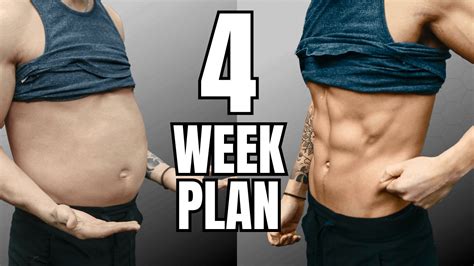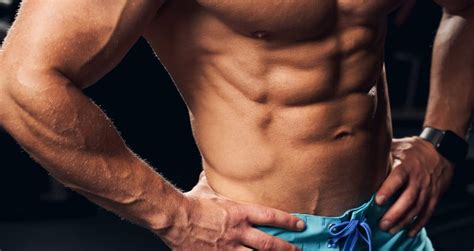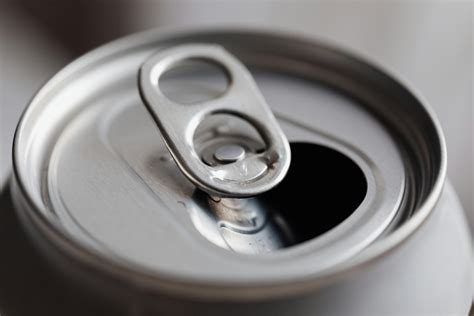The Dual Challenge: Fat Loss & Muscle Gain
Many people dream of a physique that is both lean and strong, free from stubborn belly fat while showcasing well-defined muscle. This often-sought-after goal, known as body recomposition, is challenging but entirely achievable with a strategic, disciplined, and consistent approach. It requires a nuanced understanding of nutrition, exercise, and recovery to optimize your body’s ability to shed fat and build muscle simultaneously.
The Nutritional Foundation: Fueling Change
Nutrition is paramount when aiming to lose fat and build muscle. To shed belly fat, a slight caloric deficit is essential, meaning you consume marginally fewer calories than you burn. However, this deficit must be carefully managed to prevent muscle loss.
Protein intake is critical. Aim for a high protein diet (around 0.7-1 gram per pound of body weight) to support muscle repair and growth, especially during a caloric deficit. Protein is also highly satiating, helping to manage hunger. Complex carbohydrates provide energy for workouts and replenish glycogen stores, while healthy fats are crucial for hormone production and overall health. Focus on whole, unprocessed foods like lean meats, fish, eggs, fruits, vegetables, whole grains, and healthy fats from avocados, nuts, and seeds.
Hydration cannot be overstated. Drinking plenty of water aids metabolism, helps with satiety, and supports optimal bodily functions. Avoid sugary drinks and excessive alcohol, which contribute to caloric surplus and hinder fat loss.
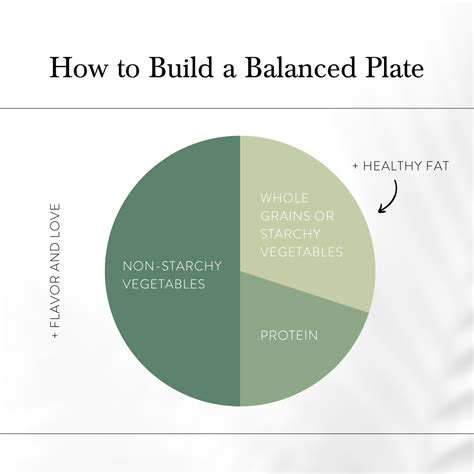
Strength Training: The Catalyst for Muscle Growth
Strength training is non-negotiable for building lean muscle and preserving it during fat loss. Focus on progressive overload, continually challenging your muscles by increasing weight, reps, sets, or decreasing rest times. Compound movements like squats, deadlifts, bench presses, overhead presses, and rows should form the cornerstone of your routine as they work multiple muscle groups simultaneously, leading to greater muscle activation and calorie expenditure.
Aim for 3-5 strength training sessions per week, allowing adequate rest between sessions for muscle recovery. Vary your workouts to keep your muscles adapting and prevent plateaus. Proper form is more important than lifting heavy; prioritize technique to prevent injuries and ensure effective muscle stimulation. Incorporate mind-muscle connection to truly feel the target muscles working.

Strategic Cardio: Enhancing Fat Loss
While strength training builds muscle, strategic cardio can accelerate fat loss, particularly stubborn belly fat. High-Intensity Interval Training (HIIT) is highly effective for burning calories and boosting post-exercise metabolic rate (EPOC). Short bursts of intense activity followed by brief recovery periods can be very time-efficient.
Low-Intensity Steady State (LISS) cardio, such as brisk walking or jogging, also has its place. It burns calories without adding significant stress or hindering recovery from strength training. Incorporate 2-3 sessions of either HIIT or LISS per week, being mindful not to overdo it, as excessive cardio can potentially interfere with muscle growth, especially in a caloric deficit.
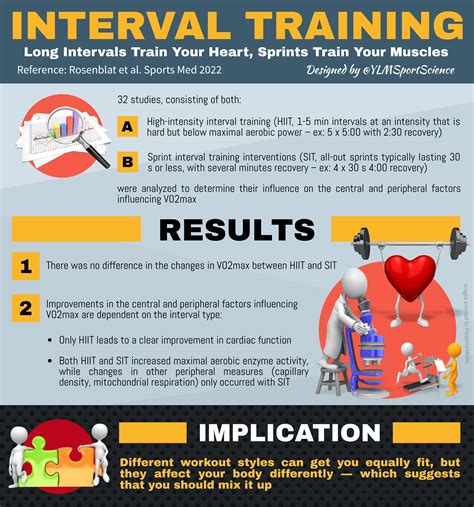
Recovery, Sleep, and Stress Management
Often overlooked, recovery is as crucial as training and nutrition. Your muscles don’t grow in the gym; they grow during rest. Aim for 7-9 hours of quality sleep per night. Sleep deprivation elevates cortisol (the stress hormone), which can promote belly fat storage and impair muscle recovery. Prioritize a consistent sleep schedule and create a relaxing bedtime routine.
Managing stress is equally important. Chronic stress leads to elevated cortisol levels, making it harder to lose belly fat. Incorporate stress-reducing activities into your daily life, such as meditation, yoga, spending time in nature, or engaging in hobbies you enjoy. Active recovery, like stretching or foam rolling, can also aid muscle recovery and flexibility.

Consistency and Patience: The Ultimate Secret
Body recomposition is a marathon, not a sprint. Results take time, and consistency is your most powerful tool. Adhere to your nutrition and training plan day in and day out, even when motivation wanes. Track your progress not just by the scale, but also by body measurements, photos, and strength gains in the gym. These indicators provide a more comprehensive picture of your transformation.
Be patient with yourself and your body. There will be weeks when progress seems slow or plateaus occur. This is normal. Be prepared to adjust your caloric intake or training volume as your body adapts. Listening to your body’s signals and being flexible with your plan will ensure long-term success.
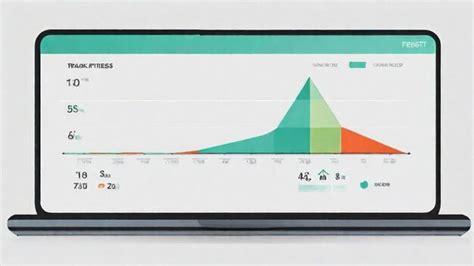
Conclusion
Losing stubborn belly fat and building lean muscle is a holistic endeavor that demands a synergistic approach. By meticulously controlling your nutrition, engaging in progressive strength training, strategically integrating cardio, prioritizing recovery and sleep, and maintaining unwavering consistency, you can sculpt the strong, lean physique you desire. Embrace the journey, trust the process, and celebrate every small victory along the way.
